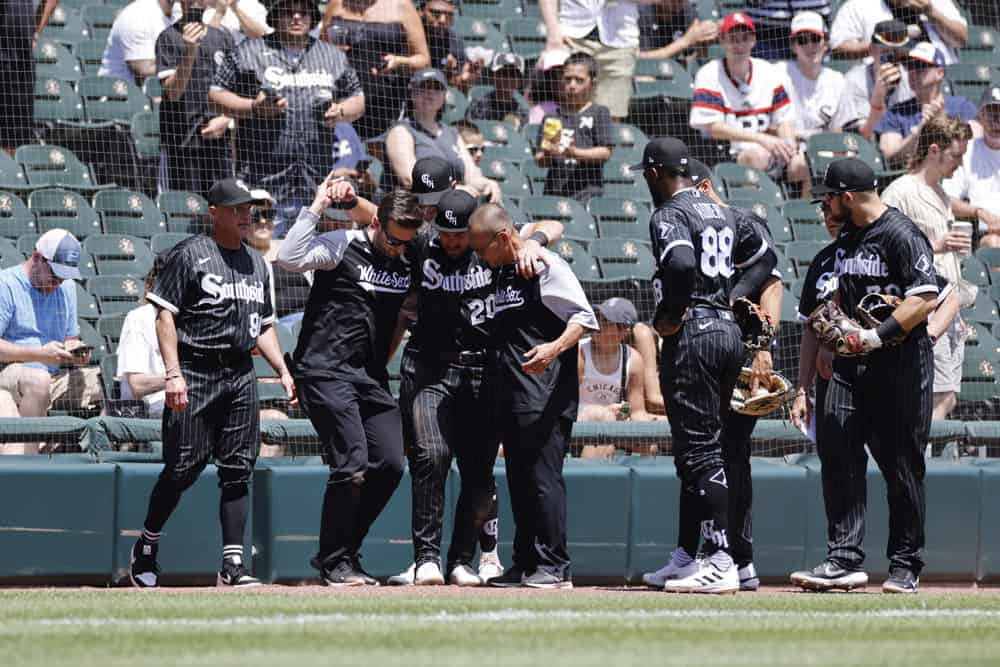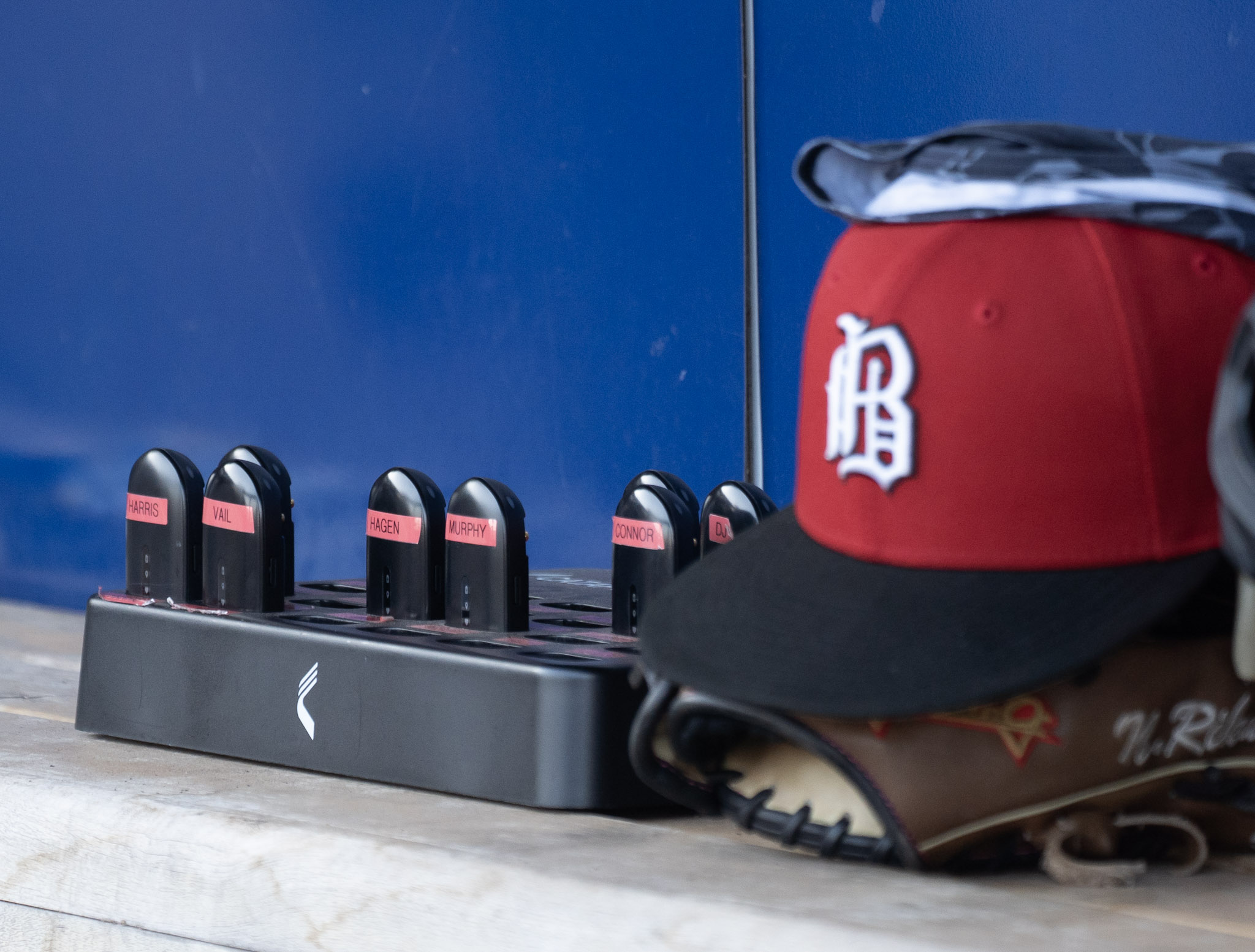Rick Hahn's favorite way of spending the money is through mandated raises for arbitration-eligible players, and MLB Trade Rumors provided a rough estimate of how much that will cost the White Sox this time around by publishing its annual arbitration projections Monday afternoon.
The MLBTR projections can vary in accuracy from player to player, but they generally do a good job of representing the sum total owed. In this case, the White Sox are looking at an $11 million increase in raises from 2022 to 2023.
| Player | 2022 | 2023 |
|---|---|---|
| Lucas Giolito | $7.45M | $10.8M |
| Dylan Cease | $750K | $5.3M |
| Reynaldo López | $2.625M | $3.3M |
| Adam Engel | $2M | $2.3M |
| Michael Kopech | $730K | $2.2M |
| Kyle Crick | $1.25M | $1.5M |
| José Ruiz | $720K | $1M |
| Danny Mendick | $714K | $1M |
| Total | $16.24M | $27.4 |
A small chunk of that can be pared back with an aggressive non-tender strategy, with upwards of half those salaries exchanged for the 2023 league minimum of $720,000.
The least aggressive path would have the White Sox non-tendering Crick and nobody else, because he was among the most forgettable White Sox in this past Saturday's Sporcle (he says, as somebody who forgot Crick and Ryan Burr).
The next step involves Engel, who hit just .224/.269/.310 and missed an opportunity to earn a time-share in center field with Luis Robert's myriad health issues. It'd be kinda fitting if his last notable White Sox moment involved him failing to rob a home run ball that hit the top of the wall, a summary of how the magic evaporated.
You've probably heard the joke about what you call a a medical student who graduated last in their class in medical school? ("Doctor."). The same can be said about Ruiz, who, thanks to being out of options and seldom the staff's worst pitcher for any prolonged stretch, has been able to call himself "White Sox reliever" for 173 games over the last five seasons while comparably effective relievers like Matt Foster and Ryan Burr have bounced between Charlotte and Chicago. A raise to seven figures would finally force everybody to reconsider his standing, especially since he's not especially modular.
Then there's Mendick, who was in the process of making major professional strides before he and Adam Haseley knocked knees down the left-field line. He was limited to 31 games and 106 plate appearances, although he produced his best-ever small sample (.289/.343/.443). The White Sox are are awash with similar utility player types -- Romy González got a lot of run late in the season, and Lenyn Sosa is right behind him -- but the Sox might've missed Mendick enough to give him one last crack.
With Elvis Andrus hitting free agency and Josh Harrison proving replaceable, the White Sox might be OK paying Mendick $1 million to be that kind of all-purpose infielder with experience -- assuming that Mendick will be able to pick up where he left off after knee surgery.
In a winter where all four of those players are non-tendered and exchanged for league-minimum guys, the Sox can redistribute just about half of the $5.8 million allocated for those four players. That's not even enough buying power for a 2023 Jake Diekman, but if Rick Hahn is maintaining that the White Sox aren't going to throw money at problems this winter, then every reclaimed dollar helps.
As for Giolito, coming off the year he just had, the idea of an eight-figure salary is unsatisfying enough to reflexively consider a non-tender. Then again, were Giolito hitting the market after a similarly disappointing season for a team you don't watch, you'd probably put him toward the list of pitchers who might accept one-year contracts. The price is fine. Giolito probably just won't have as many supporters should his negotiations drag into the public realm this time around.





